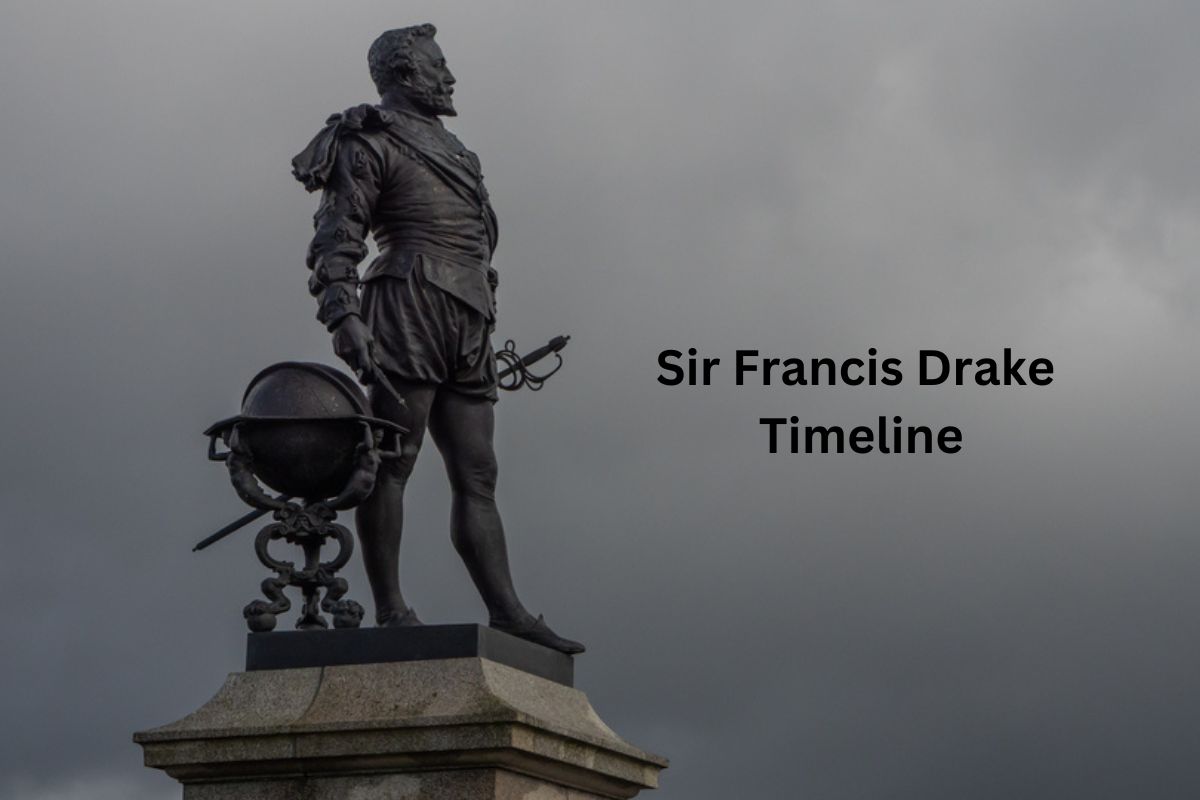Sir Francis Drake (c. 1540–1596) was a renowned English sea captain and privateer during the Elizabethan era. He achieved fame through his circumnavigation of the world from 1577 to 1580, becoming the first Englishman to do so.
Drake’s daring privateering exploits and role in the defense against the Spanish Armada in 1588 made him a national hero, leading to his knighthood by Queen Elizabeth I in 1580.
Despite his contributions to England’s maritime history, his final expedition in 1595-1596 ended tragically when he died of dysentery off the coast of Panama. Sir Francis Drake remains a prominent figure in English naval history.
| Year | Event |
|---|---|
| Circa 1540 | Francis Drake is born in Tavistock, Devon, England. |
| 1567 | Drake gains maritime experience as an apprentice. |
| 1572 | Drake embarks on his first major privateering expedition. |
| 1577 | Drake begins his famous circumnavigation of the world. |
| 1578 | Drake reaches the western coast of North America. |
| 1579 | Drake completes his circumnavigation of the world. |
| 1580 | Queen Elizabeth I knights Drake aboard the Golden Hind. |
| 1585-1586 | Drake leads an expedition to the West Indies. |
| 1587 | Drake participates in the defense against the Spanish Armada. |
| 1588 | Drake conducts a raid on Cádiz. |
| 1595-1596 | Drake’s final expedition; he dies off the coast of Panama. |
| 1603 | Queen Elizabeth I dies, and King James I takes the throne. |
Timeline of Sir Francis Drake
Circa 1540 – Birth of Francis Drake
Francis Drake was born around 1540 in Tavistock, Devon, England. The exact date of his birth remains uncertain.
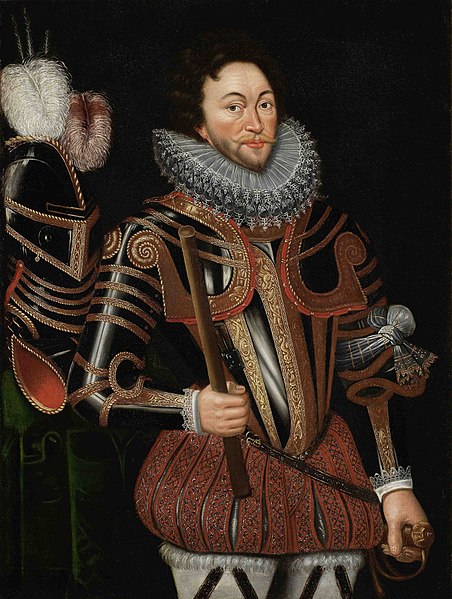
1567 – Gaining Maritime Experience
In 1567, Drake began gaining maritime experience as an apprentice on a trading voyage to the Caribbean and the Americas. This early exposure to seafaring and the New World laid the foundation for his future adventures.
1572 – First Major Privateering Expedition
In 1572, Francis Drake embarked on his first major privateering expedition. Privateering involved capturing and plundering Spanish ships and settlements in the Americas.
At the time, England and Spain were in a state of hostilities, and Drake saw these expeditions as a way to strike back at Spain, England’s powerful rival.
Also Read: Sir Francis Drake Accomplishments
During this expedition, Drake sailed under the command of his cousin John Hawkins. Unfortunately, the expedition took a disastrous turn when their fleet was attacked by the Spanish in the port of San Juan de Ulúa, Mexico, in 1568.
This event, known as the Battle of San Juan de Ulúa, resulted in the loss of several ships and many lives, and Drake narrowly escaped with his life. The experience left a lasting impression on him and fueled his desire for revenge against the Spanish.
1577-1580 – Drake’s Circumnavigation of the World
In 1577, Sir Francis Drake embarked on his most famous expedition, known as the “Circumnavigation of the World.” The primary objective of this journey was to explore new territories and disrupt Spanish dominance in the Americas.
Drake set sail from Plymouth, England, with a small fleet of ships, the most famous of which was the Golden Hind. The expedition was fraught with danger, as they sailed into unknown waters and encountered various challenges, including storms, hostile encounters with indigenous peoples, and navigational difficulties.
Also Read: Sir Francis Drake Facts
Drake’s voyage took him through the treacherous waters of the Strait of Magellan at the southern tip of South America. His ship, the Golden Hind, was the only one to survive the passage, and he emerged into the Pacific Ocean.
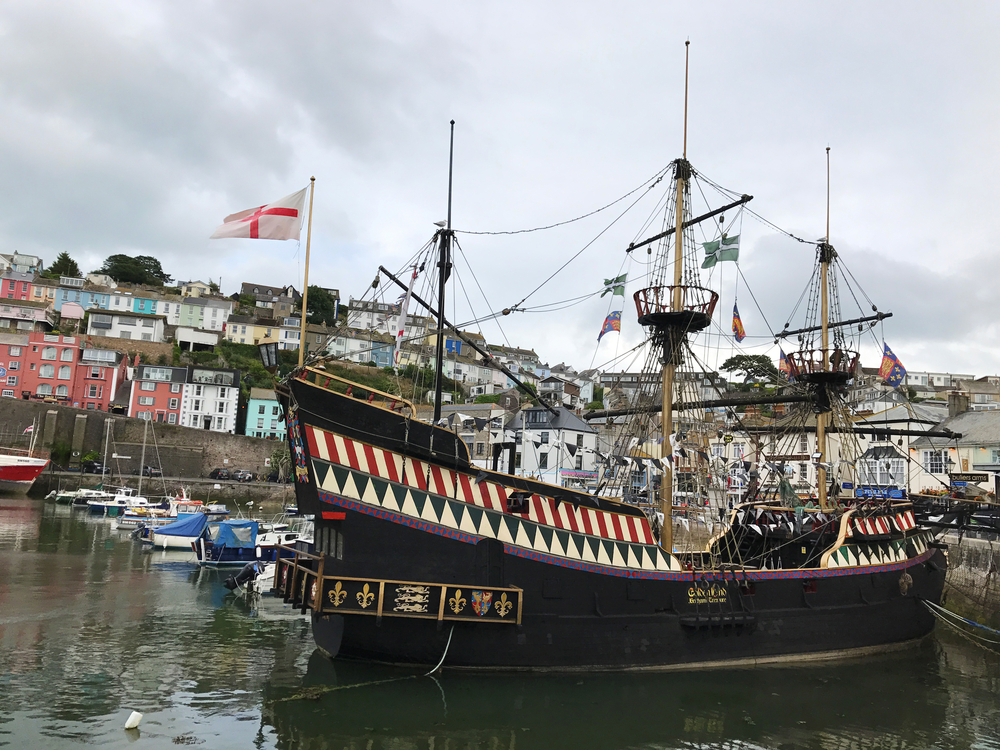
Drake continued his journey by sailing up the western coast of South America, raiding Spanish settlements and capturing valuable Spanish treasure. He even went as far north as California, becoming the first Englishman to set foot on the western coast of North America.
In 1579, Drake reached the Pacific coast of North America, and there he claimed the land for England, calling it “Nova Albion.” This was a significant achievement as it established an English presence on the west coast of North America.
Drake then crossed the Pacific Ocean, making various stops along the way, including the Moluccas (Spice Islands), where he acquired valuable spices. He eventually rounded the southern tip of Africa, the Cape of Good Hope, and returned to England in 1580.
Drake’s circumnavigation of the globe was a historic achievement and established him as a national hero in England. It also brought significant wealth and recognition to him and his crew.
1580 – Knighthood by Queen Elizabeth I
As a reward for his successful circumnavigation and his efforts to undermine Spanish dominance, Queen Elizabeth I personally knighted Francis Drake aboard the Golden Hind in 1580. This honor elevated him to the status of Sir Francis Drake.
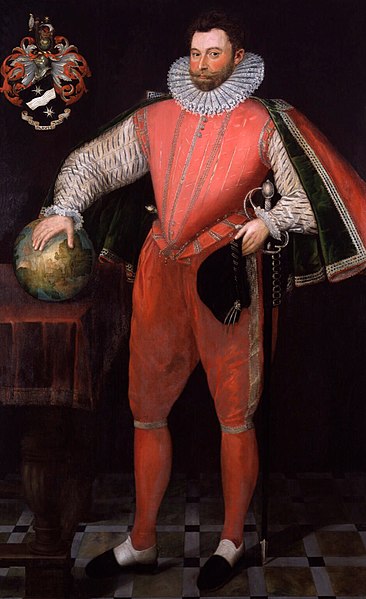
1585-1586 – Expedition to the West Indies
Building on his reputation and royal favor, Drake led another expedition in 1585 to the West Indies. This expedition aimed to disrupt Spanish colonial interests, particularly in the Caribbean.
During this campaign, Drake captured and plundered several Spanish settlements, including Santo Domingo and Cartagena. His actions severely damaged Spanish colonial infrastructure and wealth accumulation in the region.
1587 – Participation in the Defense Against the Spanish Armada
In 1587, Sir Francis Drake played a pivotal role in the defense of England against the Spanish Armada. This was a critical moment in English history, as King Philip II of Spain sought to overthrow Queen Elizabeth I and restore Catholicism in England.
Drake, serving as Vice Admiral of the English fleet, executed daring and effective tactics against the larger Spanish Armada. He used fire ships, which were vessels filled with flammable materials and set on fire, to create panic and disarray among the Spanish ships.
His strategic acumen and leadership contributed significantly to the English victory over the Spanish Armada in 1588. This victory marked a turning point in European history and established England as a formidable naval power.
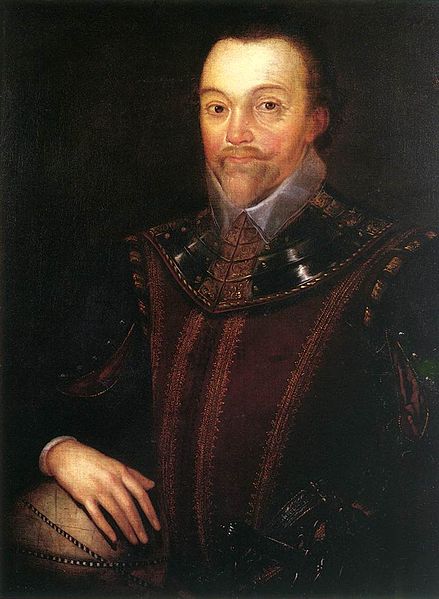
1588 – Raid on Cádiz
In 1588, shortly after the defeat of the Spanish Armada, Sir Francis Drake led another daring expedition. He conducted a raid on the Spanish port of Cádiz, which was a major base for Spanish naval operations.
This raid, known as the “Singeing of the King of Spain’s Beard,” severely disrupted Spanish naval preparations and inflicted significant damage on their fleet and harbor facilities.
The success of this operation further solidified Drake’s reputation as a daring and effective naval commander.
1595-1596 – Final Expedition and Death
In 1595, Sir Francis Drake embarked on his final expedition, this time to the West Indies and South America. The primary goal of this expedition was to disrupt Spanish settlements and seize treasure.
Unfortunately, during this voyage, Drake contracted dysentery, a serious and potentially fatal illness. His health rapidly deteriorated as the expedition continued.
On January 28, 1596, Sir Francis Drake died off the coast of Panama. He was buried at sea in a lead coffin, a gesture intended to keep his remains from falling into the hands of the Spanish.
1603 – Queen Elizabeth I’s Death
After Sir Francis Drake’s death, Queen Elizabeth I passed away in 1603. Her death marked the end of an era, as she had reigned for over 44 years. Drake’s contributions to England’s naval power and his exploits during her reign were remembered as important achievements during this period.
Sir Francis Drake’s life was marked by his remarkable exploits as a naval commander and privateer. His actions played a significant role in shaping England’s maritime and colonial history during the Elizabethan era, and his legacy endures as one of England’s greatest seafarers.
